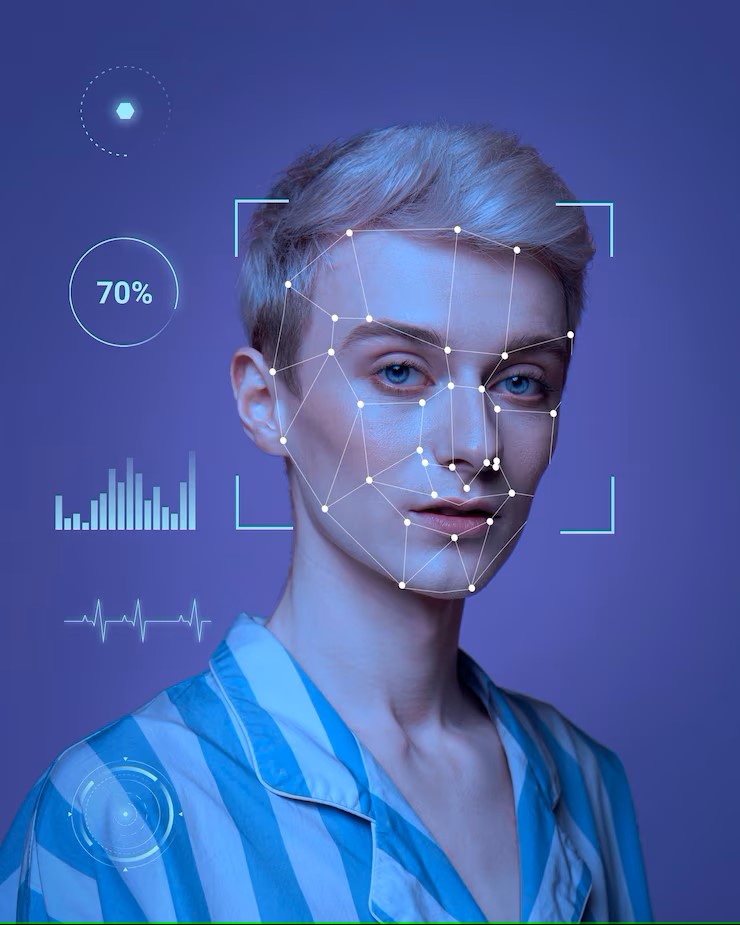
DALL-E 3 Making Waves in Image Production
In recent years, there have been great advances in the field of artificial intelligence, and these advances have brought groundbreaking technologies in image production. DALL-E 3, developed by OpenAI, stands out as one of the newest and most striking examples of these technologies. DALL-E 3 is known for its ability to produce high-quality and creative images from text-based commands, while allowing users to explore their imagination without limits.
The main feature of DALL-E 3 is that it can directly convert text descriptions into images. Unlike its previous versions, DALL-E 3 can provide higher resolution and detailed images. Users can easily visualize explanations consisting of complex and abstract concepts. For example, a detailed description such as "A rainbow-colored, space-themed flower garden" can be transformed into an impressive image by DALL-E 3. This offers a wide range of applications from creative projects to artistic works.
Another important innovation of DALL-E 3 is its improvements in style and content harmony. Now, users have more options and control when they want to create images in a certain style of art or a certain theme. This becomes a very useful tool for designers and artists. In addition, it is seen that this version can create more natural and realistic images thanks to the improved training data sets and algorithms. This increases the use of DALL-E 3 in various industries and contributes to the creative process.
DALL-E 3, which has such a great impact on image production, also leads to important discussions on ethics and security. The fact that artificial intelligence can produce visual content in such a powerful way brings with it the risks of false information dissemination and manipulation. For this reason, it is emphasized that caution should be exercised in the use of DALL-E 3 and similar technologies and that ethical standards should be determined. This rapid development of artificial intelligence technologies presents both opportunities and challenges, indicating that it is open to more innovation and regulation in the future.